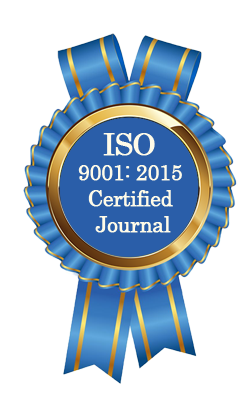| All | Since 2020 | |
| Citation | 105 | 60 |
| h-index | 4 | 4 |
| i10-index | 3 | 2 |
WJAHR Citation 
Login
News & Updation
Best Article Awards
World Journal of Advance Healthcare Research (WJAHR) is giving Best Article Award in every Issue for Best Article and Issue Certificate of Appreciation to the Authors to promote research activity of scholar.
Best Article of current issue
Download Article : Click here
Indexing
Abstract
MATERNAL SERUM C-REACTIVE PROTEIN AS A PREDICTIVE MARKER FOR SPONTANEOUS PRETERM LABOR: A CASE-CONTROL STUDY
Lahaib Sadiq Al Bosaeeda*
ABSTRACT
Background: Preterm birth, defined as delivery before 37 completed weeks of gestation, is a major contributor to neonatal morbidity and mortality globally. Inflammation is implicated in the pathophysiology of spontaneous preterm labor. Aim of study: To evaluate the role of maternal serum C-reactive protein (CRP), an inflammatory biomarker, as a predictor of spontaneous preterm labor. Patients and methods: A case-control study was conducted involving 100 pregnant women, including 50 with spontaneous preterm labor (cases) and 50 with term labor (controls). Data on maternal age, body mass index (BMI), parity, mode of delivery, and neonatal APGAR scores were collected. Maternal serum CRP levels were measured and compared between groups. Results: There were no significant differences in age and BMI between cases and controls (p=0.463). Parity distribution significantly differed (p=0.012), with more primiparous women in the preterm group. Mode of delivery was similar in both groups (p=0.317). Neonates born to preterm labor cases had significantly lower APGAR scores at 1 and 5 minutes (p < 0.001). Serum CRP levels were significantly elevated in preterm labor cases (5.54 ± 2.43 mg/L) compared to controls (2.82 ± 1.71 mg/L) with p < 0.001. Conclusion: Elevated maternal serum CRP is strongly associated with spontaneous preterm labor, supporting its potential use as a predictive inflammatory marker. Early detection of increased CRP levels may aid in identifying women at risk and contribute to preventive strategies to reduce preterm birth and improve neonatal outcomes.
[Full Text Article] [Download Certificate]
